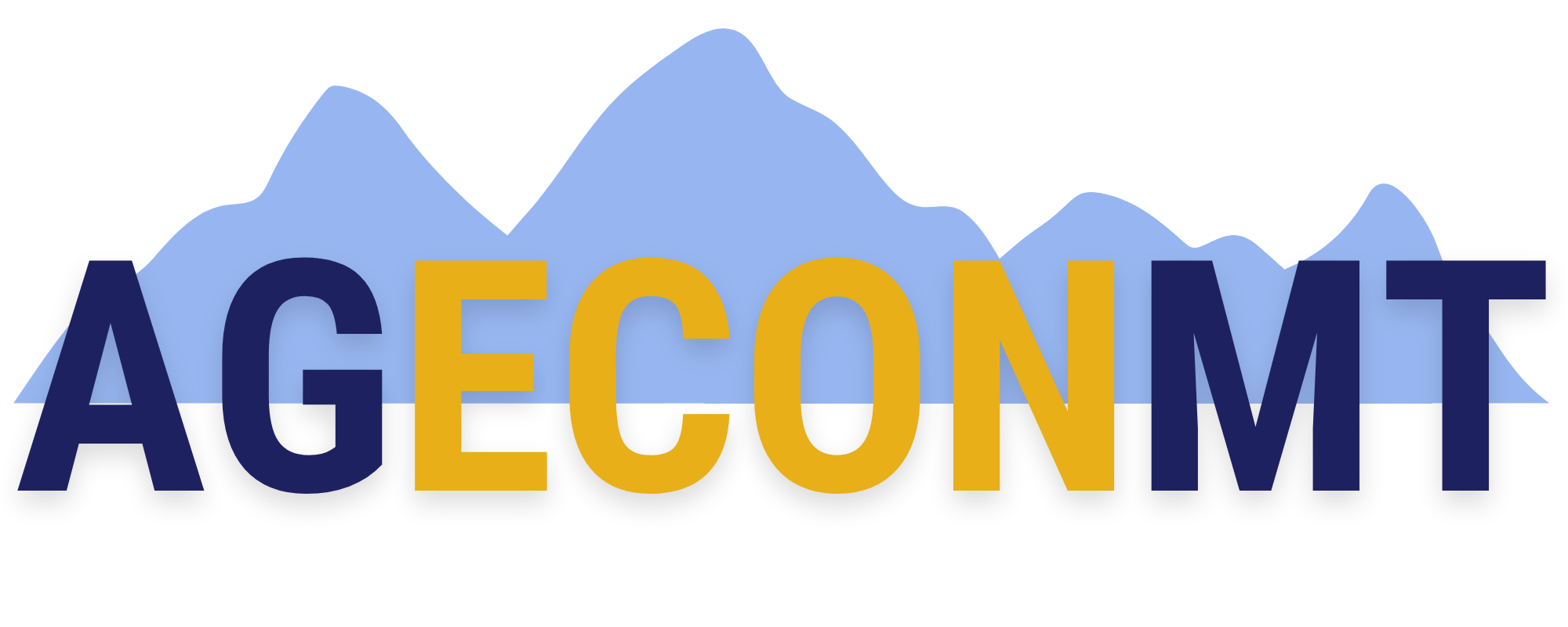Faculty-Graduate Student Published Research Collaborations
Our Master's in Applied Economics Program is designed to foster collaborative research
between students and faculty. Examples of published faculty-graduate student resesearch
in the past decade include:
Hair, N., Gruber, A., Urban, C., 2021. "Personal belief exemptions for school-entry vaccinations, vaccination rates, and academic achievement" in the Journal of Health Economics, Vol. 78, July 2021, 102464
From the abstract: Nonmedical exemptions from school-entry vaccine mandates are receiving increased policy and public health scrutiny. This paper examines how expanding the availability of exemptions influences vaccination rates in early childhood and academic achievement in middle school. We leverage 2003 legislation that granted personal belief exemptions (PBE) in Texas and Arkansas, two states that previously allowed exemptions only for medical or religious regions. We find that PBE decreased vaccination coverage among Black and low-income preschoolers by 16.1% and 8.3%, respectively. Furthermore, we find that those cohorts affected by the policy change in early childhood performed less well on standardized tests of academic achievement in middle school. Estimated effects on test scores were largest for Black students and economically disadvantaged students.
Fuller, K., DelCurto M., Mosley, J., 2021. "Animal Unit Month (AUM) Lease Rates," in Montana Extension MontGuide, January 2021.
Livestock producers and landowners alike are frequently interested in simple ways to determine rental rates for grazing lands, including rangelands, forest lands, and dryland and irrigated seeded pastures. One common metric for grazing land leases is the Animal Unit Month (AUM). The MSU Extension Ag Lease website (http://aglease.msuextension.org) provides information that lessors and lessees can use to establish equitable leases on both grazing lands and cropland. This document provides an overview and examples of how livestock producers and landowners can compute AUM rental rates for Montana grazing lands.
Elizondo, V., Fitzgerald, T. and Rucker, R.R., 2016. "You Can’t Drag Them Away: An Economic Analysis of the Wild Horse and Burro Program." Journal of Agricultural and Resource Economics, 41(1), pp.1-24.
Since 1971, wild horses and burros living on federal land have been legally protected,
limiting removal from the range and stipulating restrictive conditions for transfer
to private ownership. Periodic gathers prevent overpopulation, though we find both
political and biological influences on the probability and size of gathers. Attempts
to convey removed horses to private owners are often unsuccessful because of the relatively
low quality of some animals and contractual restrictions. We consider alternative
policy regimes promoting the transfer of additional animals; such reforms could have
reduced program costs by as much as $452 million over the past twenty-five years.
D. Mark Anderson and David Elsea. 2015. “The Meth Project and Teen Meth Use: New Estimates from the National and State Youth Risk Behavior Surveys.” Health Economics, 24: 1644–1650.
Anderson (2010) used data from the Youth Risk Behavior Surveys to estimate the effect of the Montana Meth Project, an anti-methamphetamine advertising campaign, on meth use among high school students. He found little evidence that the campaign actually curbed meth use. In this note, we use data from the national and state Youth Risk Behavior Surveys for the period 1999 through 2011 to build upon the work of Anderson (2010). During this period, a total of eight states adopted anti-meth advertising campaigns. While our results are typically consistent with those of Anderson (2010), we do find some evidence that the Meth Project may have reduced meth use among white high school students.
Anton Bekkerman, Heidi Schweizer, and Vincent H. Smith. 2014. “The Impacts of the Canadian Wheat Board Ruling on the North American Malt Barley Markets.” Canadian Journal of Agricultural Economics, 62: 619–645
The 2011 Marketing Freedom for Grain Farmers Act deregulated Canadian grain markets and removed the Canadian Wheat Board (CWB) as the sole buyer and seller of Canadian grain. We develop a rational expectations contract decision model that serves as the basis for an empirically informed simulation analysis of malt barley contracting opportunities between Canadian farmers and U.S. maltsters in the deregulated environment. Comparative statics and simulation results indicate that some new opportunities for contracting are possible, but the likelihood of favorable conditions for U.S. maltsters to contract with Canadian rather than U.S. farmers is low—between 9% and 35% over a range of possible selection rates. The effects on contracting of the termination of the Canadian grain transportation revenue cap policy and of the relaxation of criteria for the release of new spring wheat varieties are also investigated. While changes to grain transportation policies are not likely to significantly affect favorable conditions for contracting, reducing constraints on Canadian farmers’ access to higher yielding wheat varieties could increase the returns from growing spring wheat but decrease the likelihood of contracting for malt barley with U.S. maltsters by an average of 5.3 percentage points.

